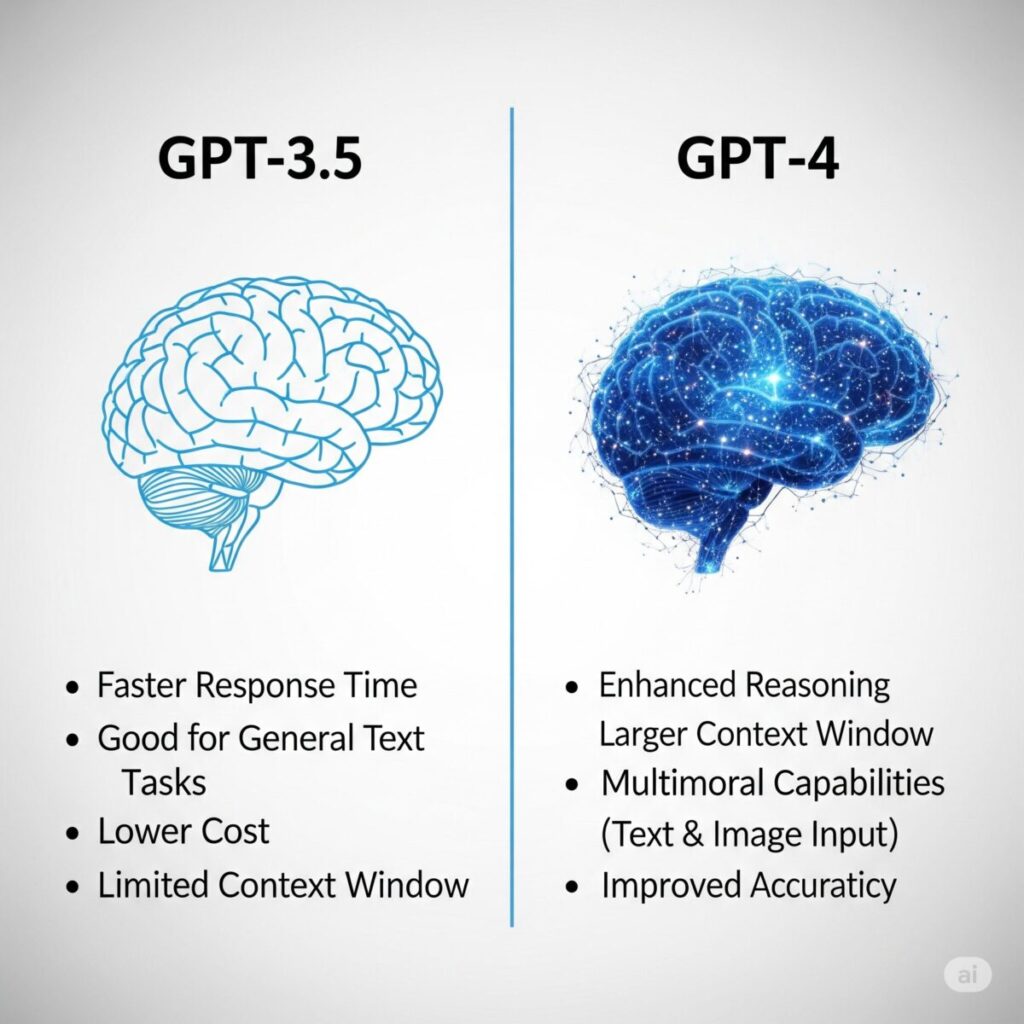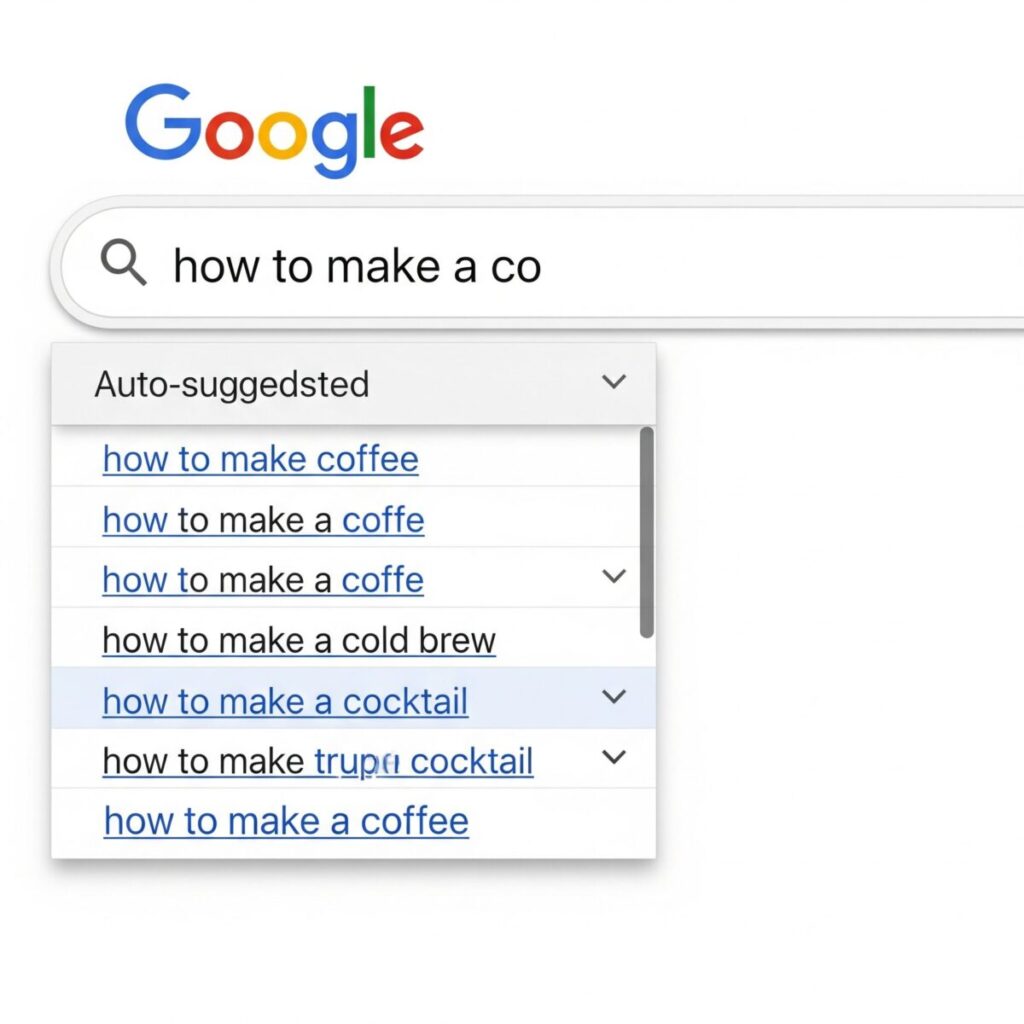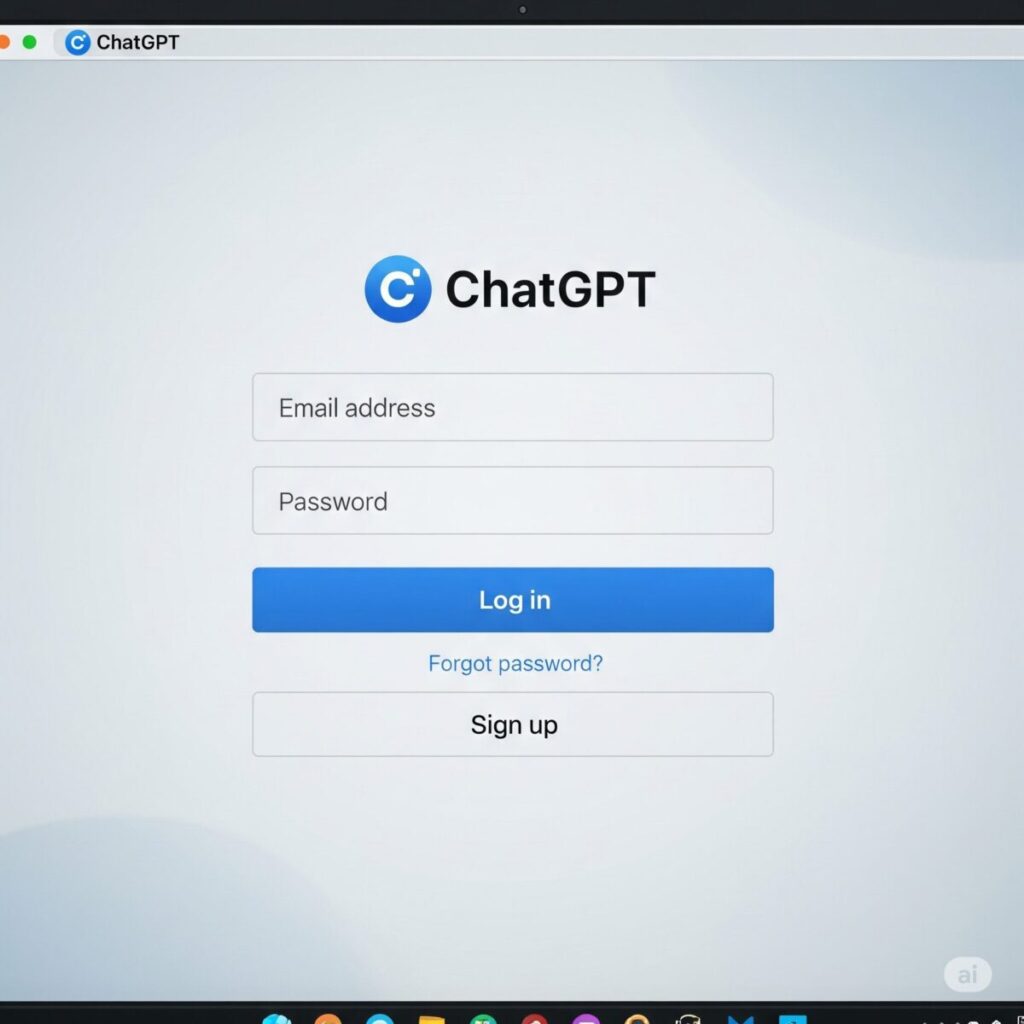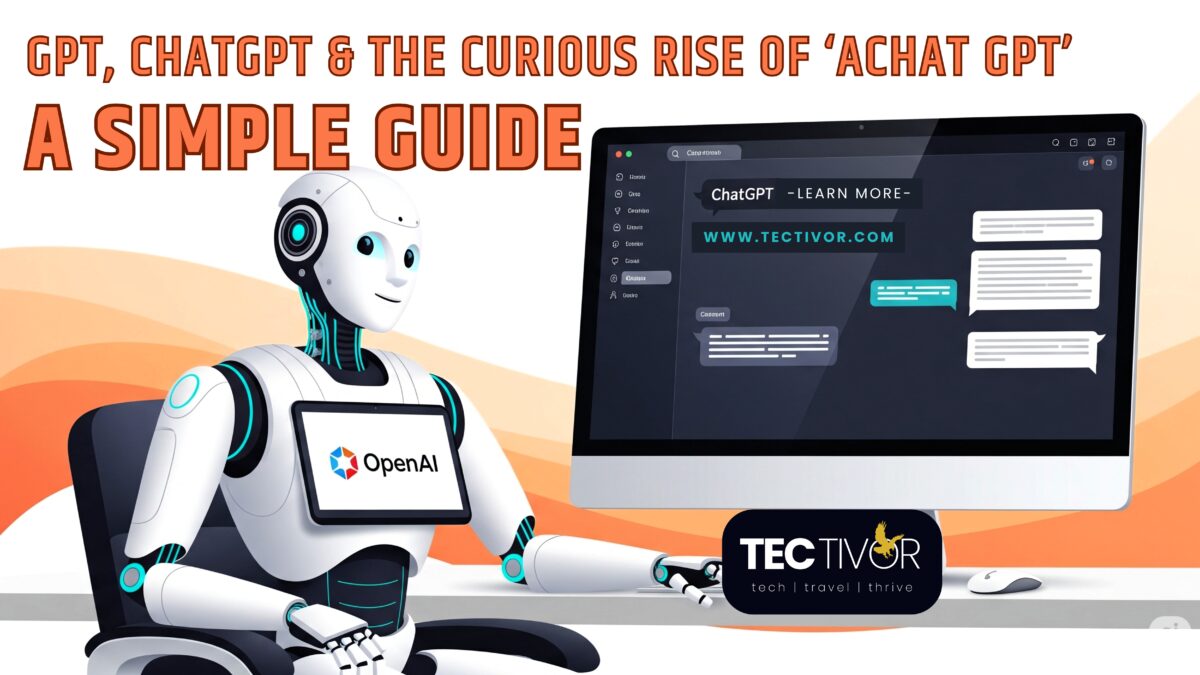What is GPT and ChatGPT — And Why the Hype?
GPT technology stands for Generative Pre-trained Transformer — an AI model created by OpenAI that can understand and generate human-like language. It reads, writes, answers, translates, and even thinks creatively (well, sort of!).
ChatGPT is the user-friendly interface where you chat with this technology. Millions use it to:
- Write emails, blogs, or social media posts
- Code in Python, JavaScript, and more
- Get summaries of news, books, or PDFs
- Prepare for interviews, IELTS, or job exams
- Translate documents or draft business plans
Table of Contents
Meet GPT-4: Smarter, Safer, Stronger

Since March 2023, GPT-4 has stood out as the most advanced publicly accessible version of OpenAI’s generative AI. It represents a significant leap forward from its predecessor, GPT-3.5, by delivering more nuanced, intelligent, and accurate results across a wide range of tasks.
Unlike earlier versions, GPT-4 can:
- ✅ Follow complex instructions with greater precision, even in multi-step queries
- 🧠 Generate long-form content that remains coherent, structured, and fact-checked over several paragraphs or pages
- 🖼️ Understand and interpret visual content, including images, screenshots, and documents — an ability known as multimodal AI
- 💬 Maintain consistent context in extended conversations, making it ideal for tasks like tutoring, code reviews, and storytelling
Today, users can access GPT-4 by subscribing to ChatGPT Plus, while the free ChatGPT version still runs on GPT-3.5. Whether you’re casually exploring AI tools or integrating GPT technology into your work, both models offer powerful assistance — but GPT-4 is notably better for professional, creative, and research-grade tasks.chnology.
But Wait… What is “achat gpt” and Why Are People Searching It?
Now here’s where it gets interesting…
Why are strange phrases like “achat gpt” and “cghat gpt” suddenly among the top trending searches in the U.S.?
1. Common Typos & Human Error
Words like:
- achat gpt (likely typo for “ChatGPT”)
- cghat gpt (keyboard proximity error)
…may seem odd, but they reflect how real users type.
Whether it’s fast fingers, mobile keyboards, or non-English users trying to search, typos become traffic magnets.
🔍 Google & SEO Insight

🔁 Search engines like Google closely monitor user behavior and trending terms. When thousands of users mistakenly type something like “achat gpt” instead of “chat gpt” or “chatgpt,” Google’s algorithms detect a surge in this phrase. Over time, even if it’s a typo, it gets treated as a legitimate trending search.
This leads to a feedback loop, driven by user patterns:
- 🔤 Misspellings or typing mistakes happen often — especially with terms people hear but don’t know how to spell.
- 🔍 These errors are entered into search engines, and Google sees this volume of searches increase.
- 📈 As a result, Google’s autocomplete and autosuggest features begin recommending those misspelled versions (like “achat gpt” or “cghat gpt”) because their goal is to serve what users are actually typing.
- 👆 Then, even more people click on those suggestions, assuming they’re accurate or commonly searched — further amplifying the trend.
This cycle — mistakes ➝ searches ➝ autocomplete ➝ more searches — creates what’s known in SEO as a viral keyword loop. It’s the same reason we sometimes see typos or slang dominate search trends and even make their way into marketing, memes, or blog headlines.
So if you’re wondering why a term like “achat gpt” seems oddly popular — it’s not because it’s the correct name, but because the internet follows momentum, even when it starts with a mistake.
2. “chatgptlogin” – Real User Intent
People often treat the search bar like a command line. Instead of going directly to ChatGPT, they Google:
- “chatgptlogin”
- “open chatgpt”
- “how to login to chatgpt”
This shows real demand and urgency — users aren’t just curious, they’re trying to log back in, solve work problems, or continue conversations.
3. Language Crossover – French, Spanish, Indian, and Global Influence
Believe it or not, “achat” in French means “purchase.”
So “achat gpt” might be what a French-speaking user searches when trying to buy or subscribe to ChatGPT.
With over 45 million multilingual users in the U.S. alone, these kinds of search variants are natural and powerful.
What Can GPT Do For You?
It’s not just a tech tool. GPT is:
- Your research assistant
- Your creative writing partner
- Your coding buddy
- Your study coach
- Your idea generator
Here’s how different groups are using it:
| Group | Use Case |
|---|---|
| 🧑🎓 Students | Homework help, summarizing long notes, language practice |
| 👩💼 Professionals | Writing reports, emails, resumes, marketing content |
| 🧑💻 Developers | Debugging code, writing scripts, building automations |
| 📈 Business Owners | Brainstorming ideas, automating replies, ad copywriting |

Getting Started: How to Use ChatGPT
If you’re searching “chatgptlogin,” here’s your quick-start:
- Go to https://chat.openai.com
- Sign up with Google, Microsoft, or email
- Choose free (GPT-3.5) or paid (GPT-4)
- Start chatting!
💡 Tip: Add the site to your bookmarks for faster access.
Behind the Scenes: How GPT Works
- GPT is trained on massive datasets — books, articles, code, forums, etc.
- It learns language patterns, grammar, and reasoning.
- When you ask a question, it uses probabilities to generate the most likely helpful response.
Think of it as a super-charged autocomplete, trained to help you think, write, and work faster.
Why You Should Pay Attention to GPT — Even If You Don’t “Get It” Yet
If the internet changed the world in 1999, AI is doing it again in 2025.
Whether you’re a:
- Startup founder
- Freelancer
- Student
- Content creator
- Educator
- Marketer
…GPT tools can give you a competitive edge. Learning how to use them early is like learning how to Google before others in 2004.
Final Thoughts: Embrace the Typos, Master the Tool

It’s truly fascinating how a seemingly random collection of keywords—some typed intentionally, others by mistake—have collectively shaped the global conversation around GPT technology:
- ✍️ Typos like “achat gpt” and “cghat gpt”: These misspellings aren’t just innocent errors. They reveal how curiosity often outruns spelling. Millions of users are typing what they think they heard—sometimes from videos, friends, or media coverage—hoping to discover what “this GPT thing” is all about.
- 🔐 Intent-driven searches like “chatgptlogin”: These show that people are not just interested in learning about GPT—they want to use it. They’re actively looking for how to log in, sign up, or access these tools. It’s a sign of growing adoption, not just hype.
- ⚙️ Core terms like “gpt” and “gpt 4”: These keywords represent the backbone of the technology. “GPT” now stands as a universal term for advanced AI tools, while “GPT-4” indicates the most cutting-edge publicly available version. Users searching for these are often looking for comparisons, capabilities, and ways to apply GPT in real life—whether it’s for writing, coding, learning, or business.
Together, these search terms form more than just a digital pattern—they’re evidence of a global movement to understand and harness the power of AI. We’re watching people, regardless of age or technical skill, step into the world of AI-enhanced creativity, productivity, and communication.
If you’re feeling confused by it all, you’re not alone. And that’s totally okay. Even the most tech-savvy professionals once had no idea what “GPT” meant. The important thing isn’t where you start—it’s that you start. Because the moment you try GPT, you’ll begin to see how it can amplify your daily life: from writing better emails to planning trips, solving business problems, and even teaching your kids.
So why wait?
🔥 Whether you’re a student, creator, entrepreneur, or simply curious explorer—GPT technology has something for you.
🧠 Let your imagination run, and let AI help you chase it further.bout GPT? We might include it in the next blog post!
Ready to Dive In?
💬 Leave a comment below:
What’s your biggest question about GPT technology? Whether it’s about how it works, what it can do, or where it’s going — we’d love to hear from you. We may even include your question in a future blog post!
💡 Stay ahead of the future! Follow us on:
Facebook | LinkedIn


